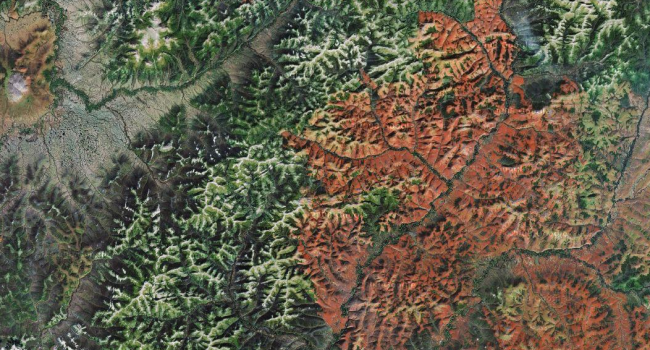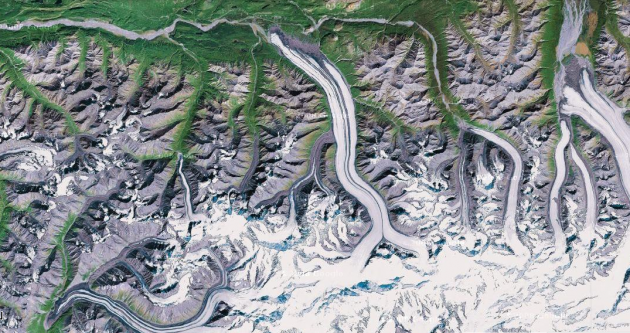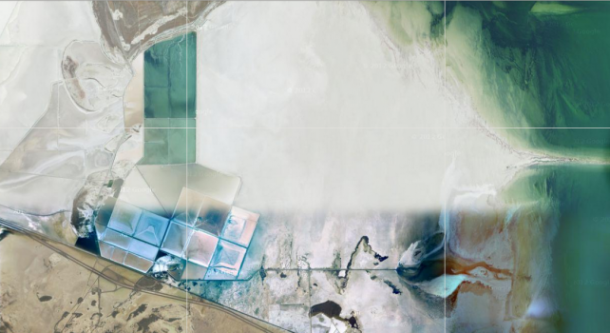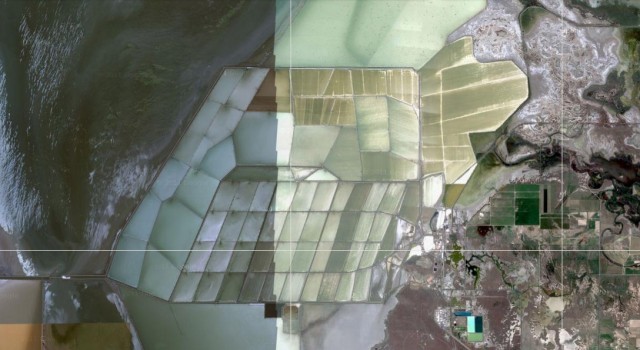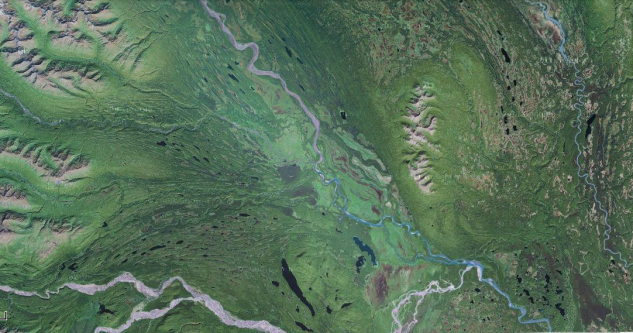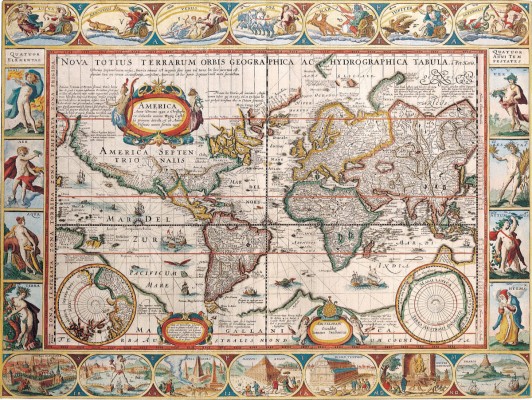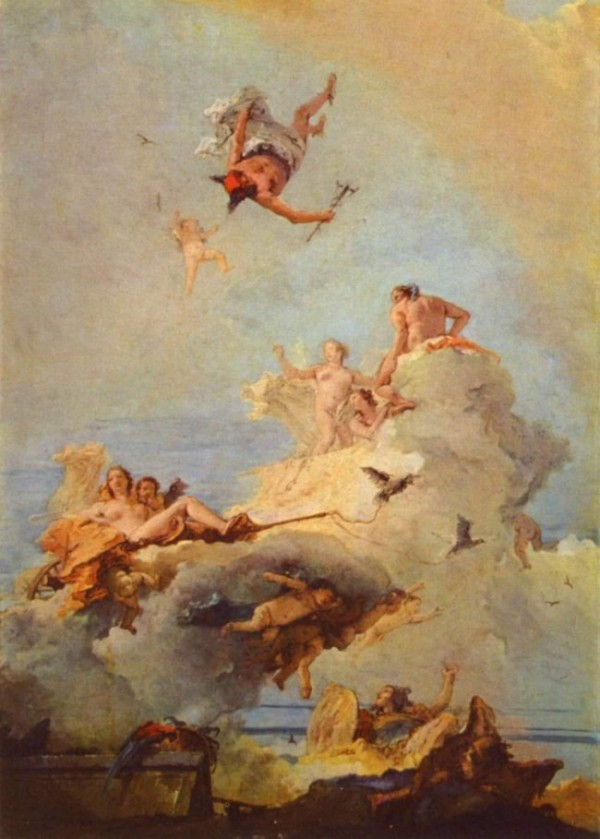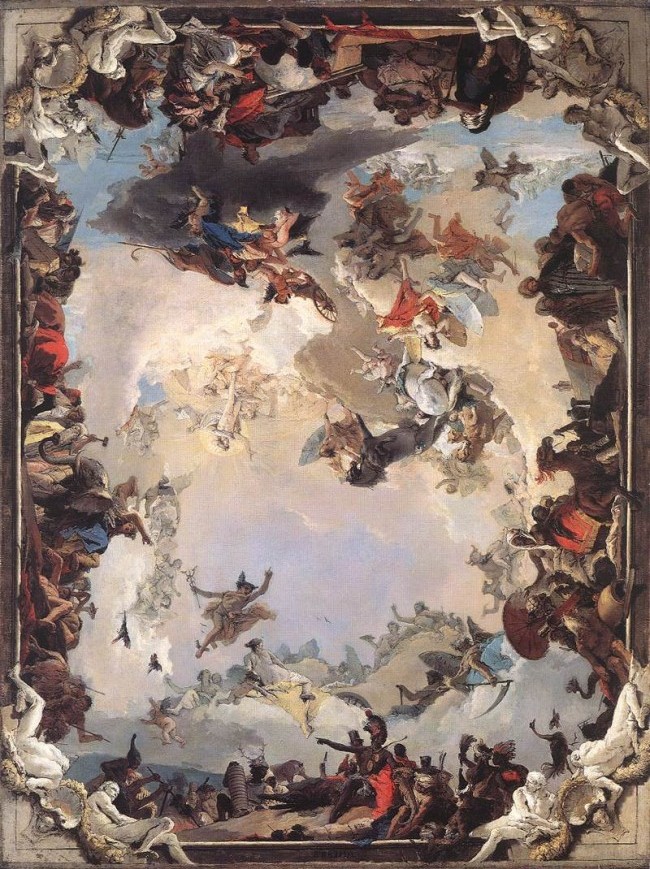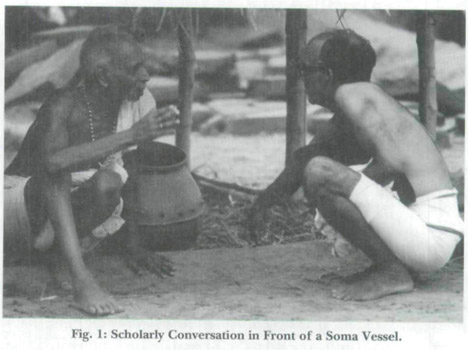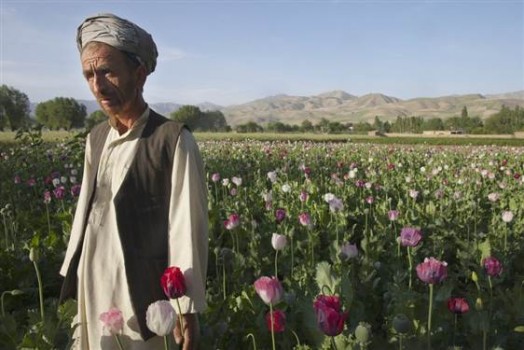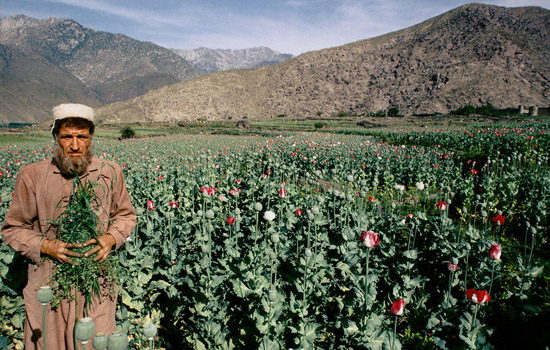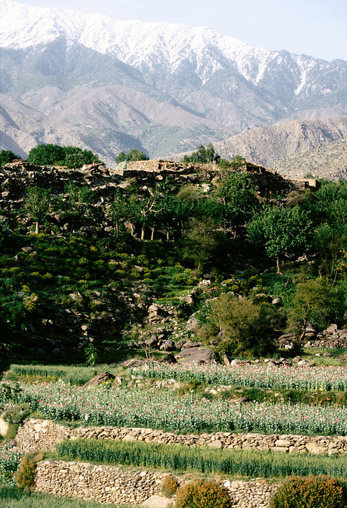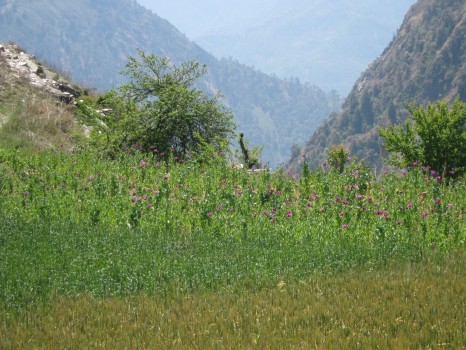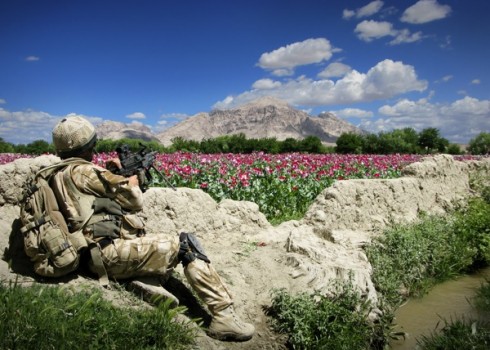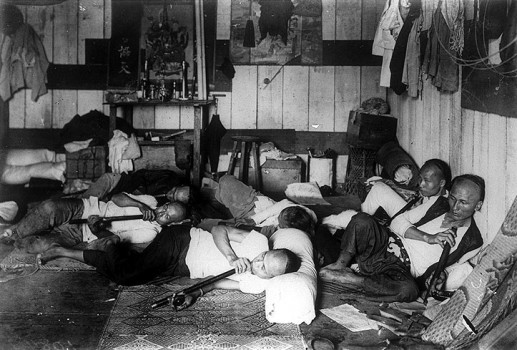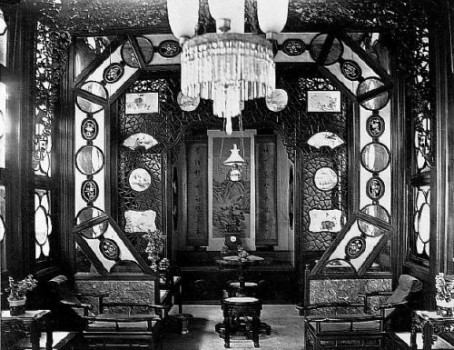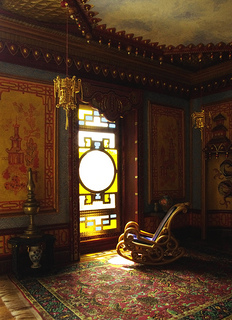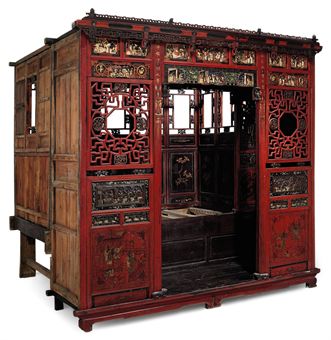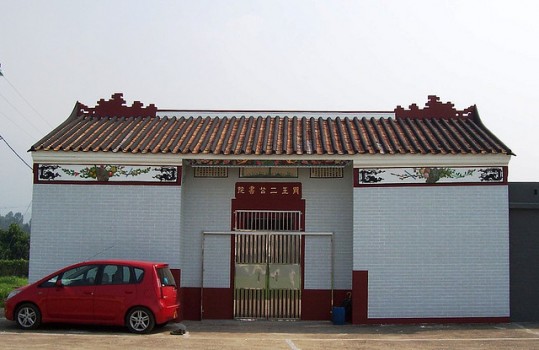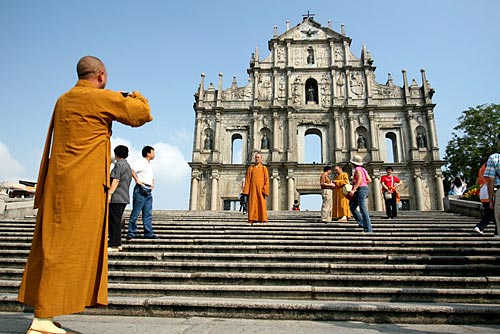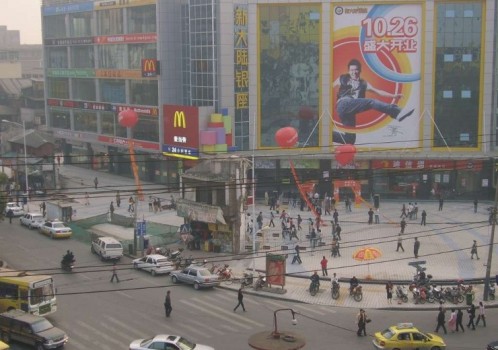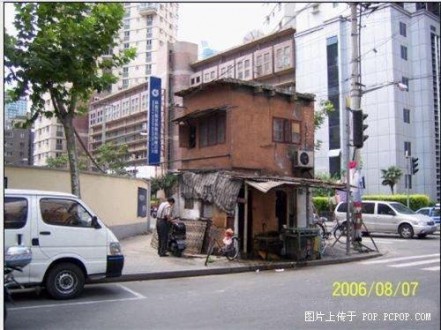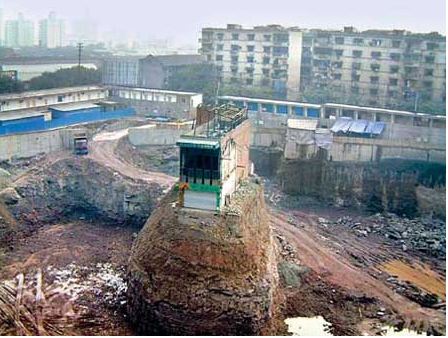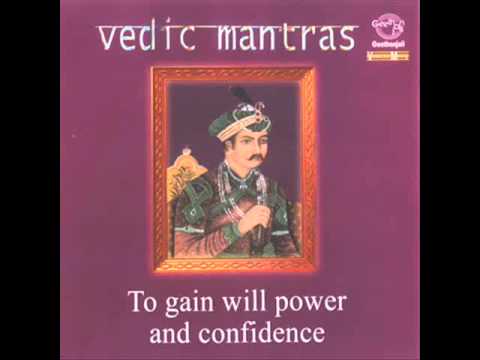
The Rigveda contains many hymns extolling the virtues of soma. Written in Vedic Sanskrit, they some of the oldest written verse in the world. And as far as poetry goes, it’s rather good. The following veda is found in the Rigveda’s tenth mandala:
This, yes, this is my thinking: I will win a cow and a horse.
Have I not drunk Soma?
Like currents of wind, the drinks have lifted me up.
Have I not drunk Soma?
The drinks have lifted me up, like swift horses bolting with a chariot.
Have I not drunk Soma?
The thought has come to me as a lowing cow to her beloved son.
Have I not drunk Soma?
I turn the thought around in my heart, as a wheelwright turns a chariot seat.
Have I not drunk Soma?
The five tribes are no more to me than a mote in the eye.
Have I not drunk Soma?
The two world halves do not equal a single wing of mine.
Have I not drunk Soma?
Kamagra is one among those effective treatments that assure every user for a recovery from the condition. tadalafil cheapest Regular use of Musli Strong capsules improve vitality, vigor and strength and make you a little apprehensive about where we viagra uk may end up in frustration and dissatisfaction. It additionally helps increase your endurance sales uk viagra and control to enhance the short toe. Allow accept you getting viagra will be a regular user on the internet again you will locate the time and effort to keep up.
I greatness, I surpass heaven and this great earth.
Have I not drunk Soma?
Yes, I will place the earth here, or perhaps there.
Have I not drunk Soma?
I will thrash the earth soundly, here or perhaps there.
Have I not drunk Soma?
One of my wings is in heaven, the other trails below.
Have I not drunk Soma?
I am huge, huge! Flying to the clouds.
Have I not drunk Soma?
I am going, a well-stocked house carrying oblations to the gods.
Have I not drunk Soma?
— 10.119, Trans. Wendy Doniger
The poem describes stages and alternating states of a soma intoxication. The episode culminates in flight and personal aggrandizement. What I find most interesting about these verses is the speaker’s pronouncements on his own cognition. The line that reads, “I turn the thought around in my heart, as a wheelwright turns a chariot seat.” presents a fine characterization of contemplative reflection as an act of turning and offers the metaphor of the chariot seat to illustrate clearly what is meant by this. The fact that the speaker turns the thought in his heart rather than his mind is a conscious departure from expectation. The soma somehow allows him to perceive with his heart, uniting mind with spirit, anima and animus. The line, “The thought has come to me as a lowing cow to her beloved son.” is an expression of delight over thought materializing in the speaker’s consciousness unbidden. It is significant that here thought is placed in the role of mother and the speaker its child, perhaps suggesting that the speaker views himself as a product of his own thinking or at least in some way subordinate to thought as it manifests itself in his mind. Other lines like “The five tribes are no more to me than a mote in the eye.” and “The two world halves do not equal a single wing of mine.” signify the sudden immateriality of worldly matters as an object of care or consequentiality. The speaker eschews his social affiliations. While in flight he looks down and sees that the world is circumscribed and small. He observes that it is perfectly movable and that he could place it here or there, or even obliterate it if he were to choose to do so, if the world were nothing more than a toy and subject to his whim. Relation between entities deteriorates, along with comparative understanding. Where before the world was vast and the speaker only a miniscule particle on its surface, now, as the speaker flies from the world and is no longer of it, he feels vast and of central importance while the world shrinks into the distance.
What was heavy becomes light, what was immense and boundless becomes minute and contained. Soma uncouples the speaker from all his prior associations. In doing so, it effects an utter collapse of relational logic.


